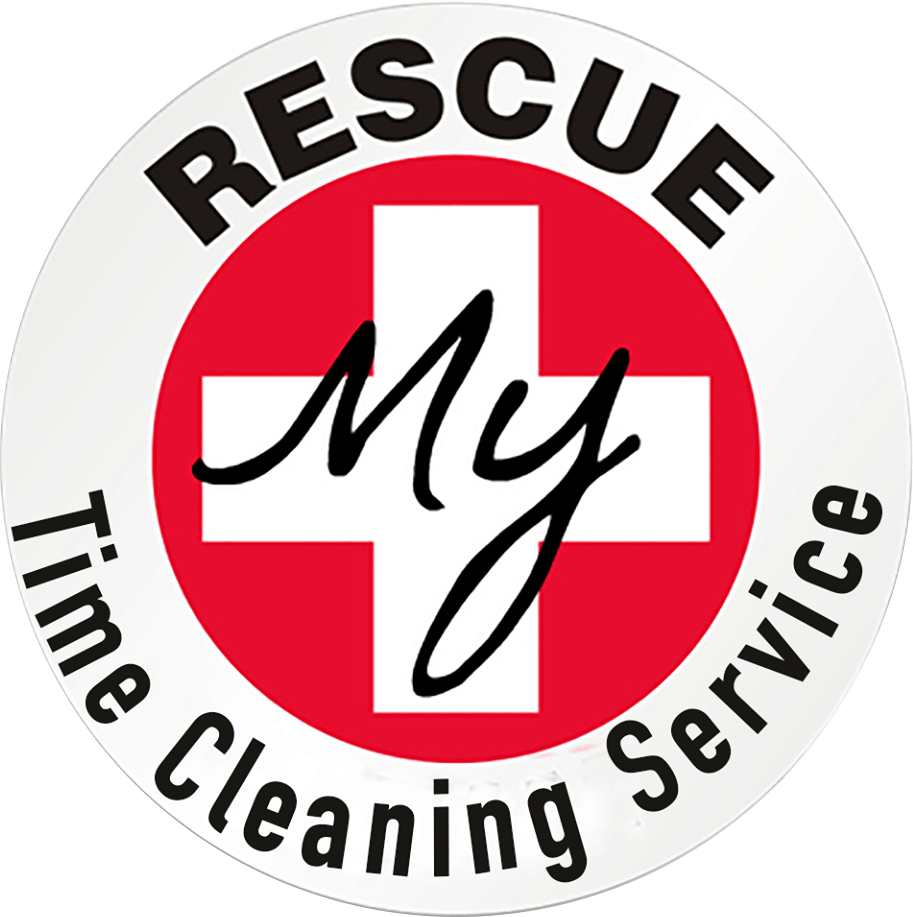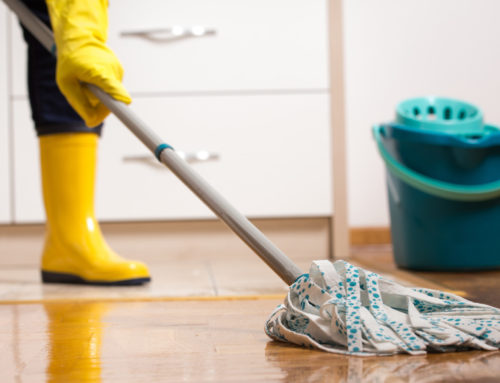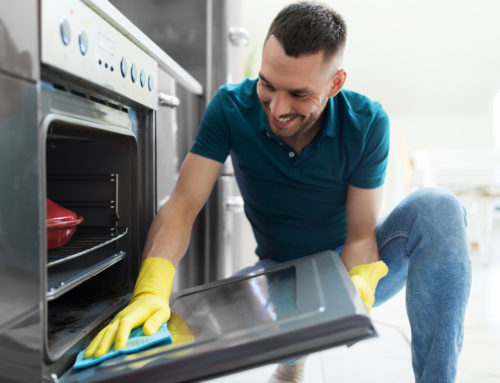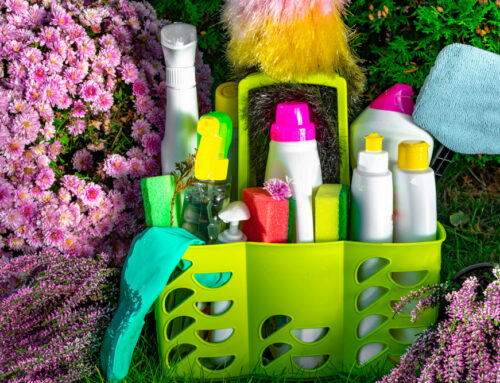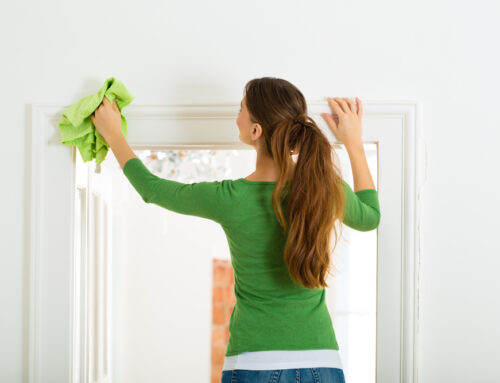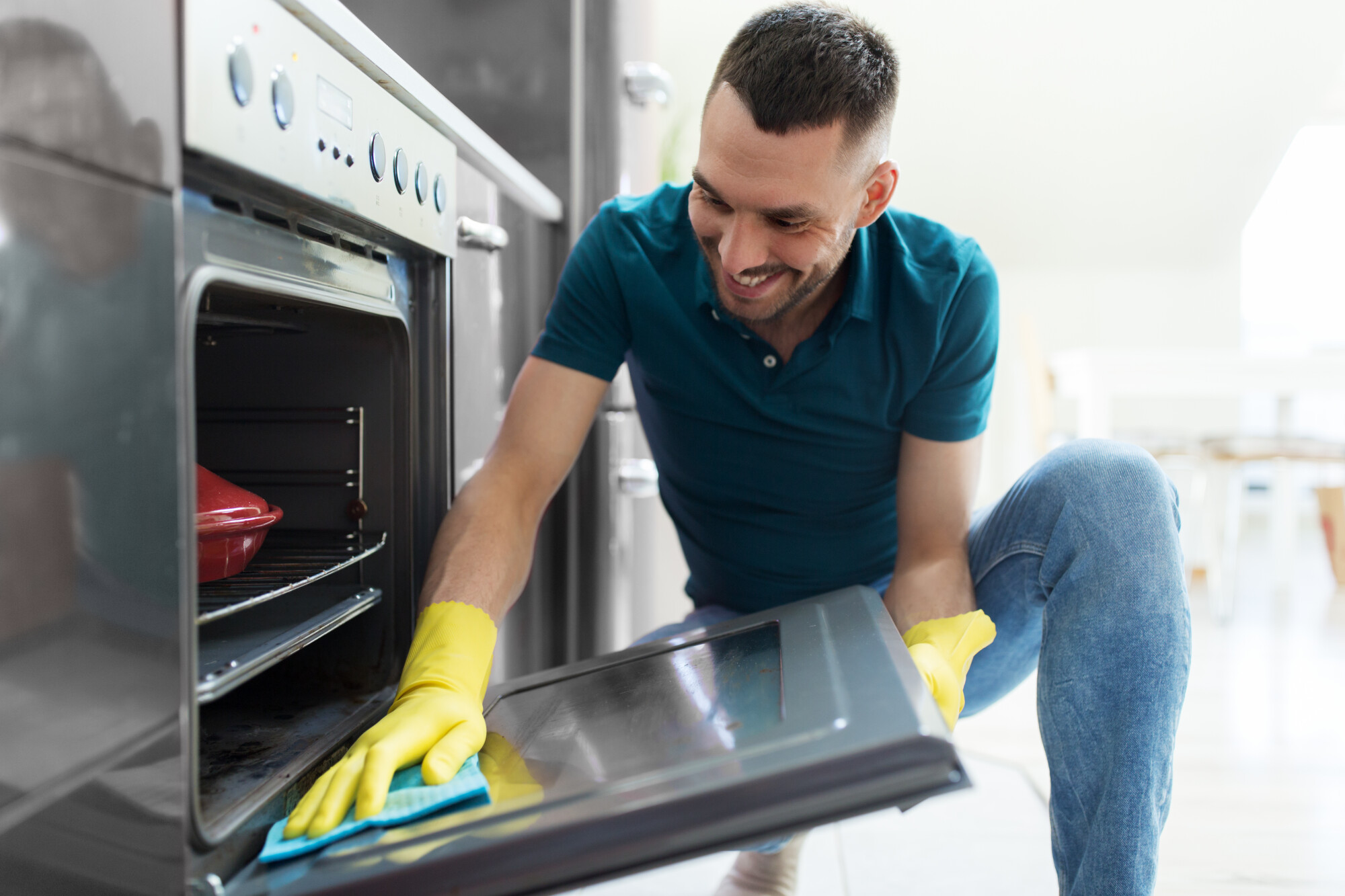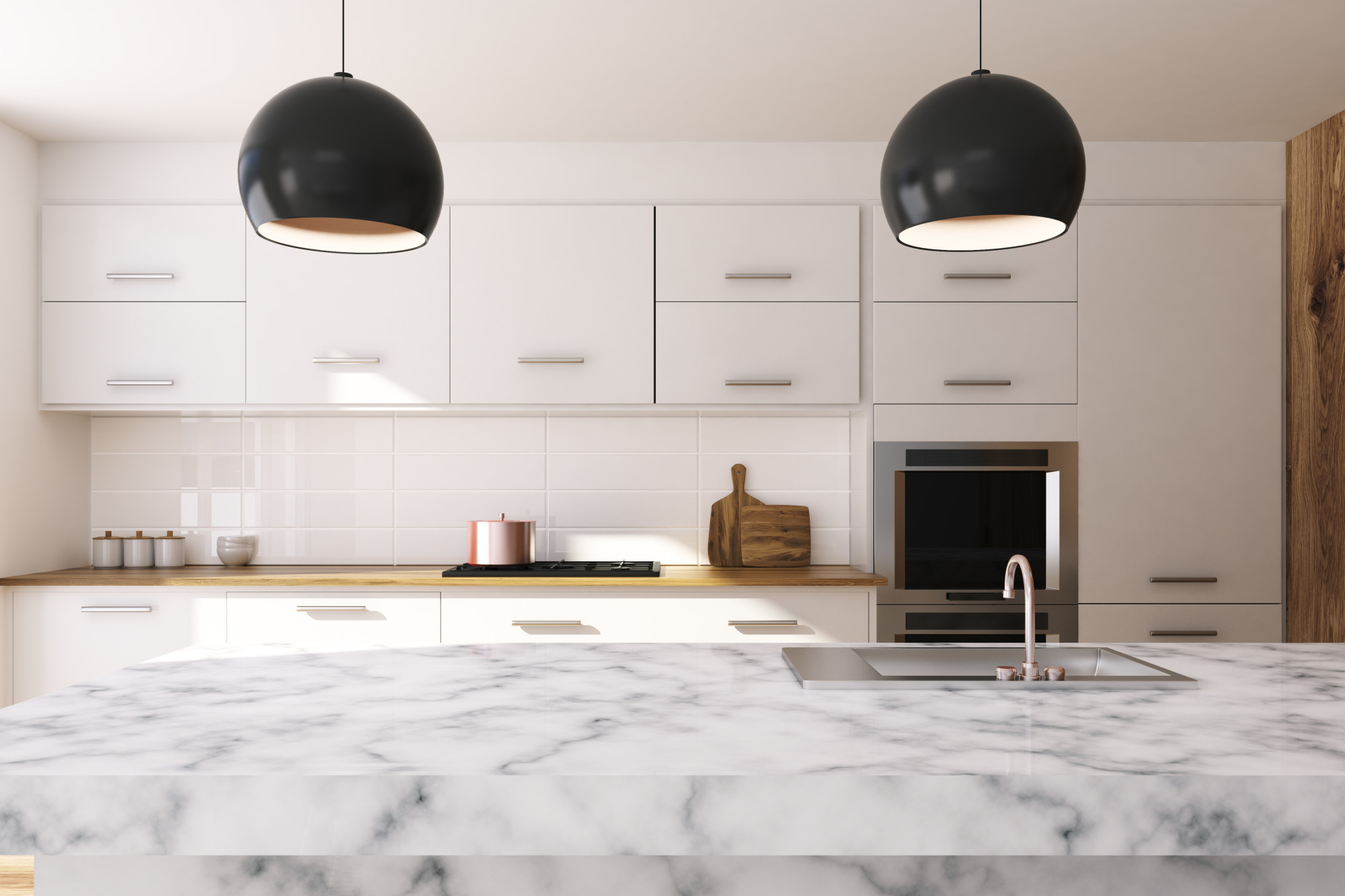
8 Kitchen Cleaning Tips That’ll Make a Huge Difference
Germs and bacteria can collect and grow in any room in the house, but do you know which room is the dirtiest? You guessed it, the kitchen! Dish sponges, cleaning rags, and coffee makers are some of the biggest culprits of harvesting germs. Because you spend a lot of time in the kitchen, touching several surfaces, and cooking and prepping food, it’s essential to know how to clean a kitchen thoroughly and properly. There’s no need to avoid your kitchen or feel afraid of it. Use the best kitchen cleaning tips to ensure your kitchen is no longer the dirtiest room in your home.
In the guide below, you’ll find several tips to keep a clean kitchen. Continue reading to get that kitchen shine you’re looking for!
1. Work Your Way From Top to Bottom
Before getting started with any cleaning task, it’s important to note you’ll want to start from the top and work your way down. You don’t want to clean the kitchen floors and then clean the counters, for example. Cleaning the counters can cause food particles and crumbs to fall onto the floor you just cleaned.
Cleaning the range hood after cleaning the counters can cause dirt and dust to fall onto your freshly cleaned counters. Avoid making more work for yourself by starting at the top of your kitchen (range hood, top of refrigerator, exhaust fans).
2. Wipe Down the Range Hood
To get the cleaning started, wipe down the range hood with vegetable oil. The oil will easily remove caked-on grease from the hood. You’ll only need to add a few drops to your cleaning cloth and then wipe it down.
Once cleaned, you can then use a cleaner of your choice to remove the leftover oil if desired. Then, remove the filter from the range and place it in hot soapy water and allow it to soak for several minutes before removing. You can also try placing it in a mixture of hot water and borax.
3. Don’t Skip the Cabinet Doors
As you clean your kitchen, you most likely don’t think to wipe down cabinet doors. However, cabinet doors can be coated in grease and other messes. To clean your cabinet doors, take a dishwasher tab and dissolve it in hot water.
Then, use a soft cloth to dip into the mixture and wipe your cabinets down. You can use a vacuum to clean out the inside of the cabinets where small food particles might accumulate. To help make the cleaning process simple for next time, use non-adhesive liners in the drawers.
4. Use Baking Soda to Tackle the Sink
To help your sink shine again, sprinkle it with baking soda. Then, wet your sink. Allow a paste to form.
Take paper towels and soak them in white vinegar. Line the entire sink with those paper towels. You’ll want to let it sit like this for about 20 minutes before you rinse the sink with warm water and wipe it down with a soft cloth.
Use an old toothbrush to scrub those hard-to-reach areas such as the drains and small crevasses around the drains. You can complete this task by sanitizing everything.
5. Know What’s Safe For Your Counters
Before you begin cleaning your counters, it’s important to know what products are safe to use on them. Different countertop materials will require different types of care. For example, you never want to use bleach on marble or quartz counters.
Do some research on the type of material your counters are made from and then be sure to purchase safe cleaning products for them. However, dish soap and warm water should be safe on almost all counters. It’s also a good idea to dust the counters before cleaning them.
6. Clean the Dishwasher and Its Filter
You might not think your dishwasher needs cleaning since it cleans everything inside of it, but from time to time you’ll want to wipe it down both inside and out. Hard water can easily build inside the dishwasher, causing it to not clean your dishes as well. White vinegar will help remove any hard water buildup.
Before you’re done cleaning the dishwasher, be sure to locate the filter inside of it. It should be located under the bottom rack (refer to the manufacturer’s user manual for instructions). Remove the filter and scrub with hot water and dish soap.
7. Scrub the Cooktop and Oven
The type of cooktop you have will determine how you’ll need to clean it. An electric stove will have burner elements you can remove and clean with oven cleaner. A gas stove will have grates you can remove and soak in a mixture of hot water and dish soap. Always be sure to refer back to the user’s manual for proper cleaning instructions.
For the inside of the oven, you can create a paste made of baking soda, water, and white vinegar. Apply the paste to the inside of the oven and allow it to sit overnight. In the morning, you can then place a cloth in hot water and use it to wipe it down.
8. Sweep and Mop the Floors Last
Wait until you’ve cleaned everything else in the kitchen before you sweep and mop the floors. This should be the last thing you do as you’re ready to leave the kitchen. Sweep or vacuum first to remove any dust, dirt, and food particles from the floor.
Then, mop your floors with a cleaner of your choice. Start from the back of the kitchen and work your way out.
For Help With These Kitchen Cleaning Tips, Contact the Professionals
Deep cleaning a kitchen is no easy task. These helpful kitchen cleaning tips will simplify the process, but it’ll still take patience and time to ensure everything’s cleaned correctly. When you don’t have the time to conduct a proper home kitchen cleaning yourself, know you have someone to rely on.
Rescue My Time Cleaning Service provides both maid and house cleaning services for those who want to free up their time and leave the hard work to the professionals. Our licensed, bonded, and insured cleaning technicians look forward to helping your home stay clean and healthy.
Request a quote today to get started!
Share this article
Follow us
A quick overview of the topics covered in this article.
- 1. Work Your Way From Top to Bottom
- 2. Wipe Down the Range Hood
- 3. Don’t Skip the Cabinet Doors
- 4. Use Baking Soda to Tackle the Sink
- 5. Know What’s Safe For Your Counters
- 6. Clean the Dishwasher and Its Filter
- 7. Scrub the Cooktop and Oven
- 8. Sweep and Mop the Floors Last
- For Help With These Kitchen Cleaning Tips, Contact the Professionals

